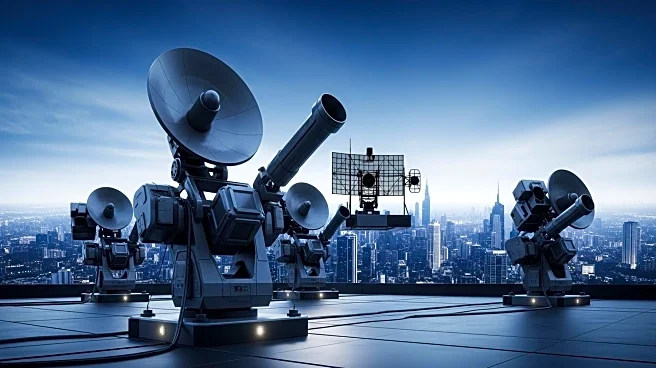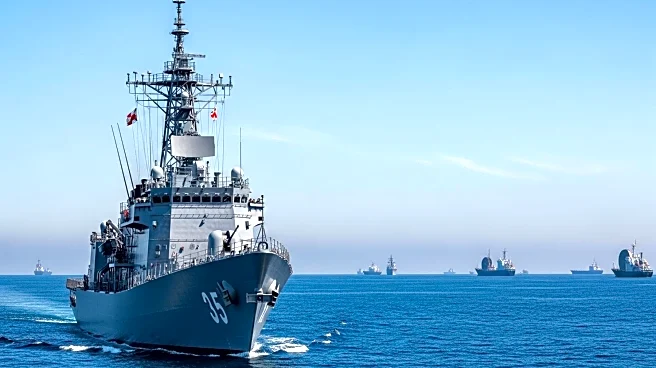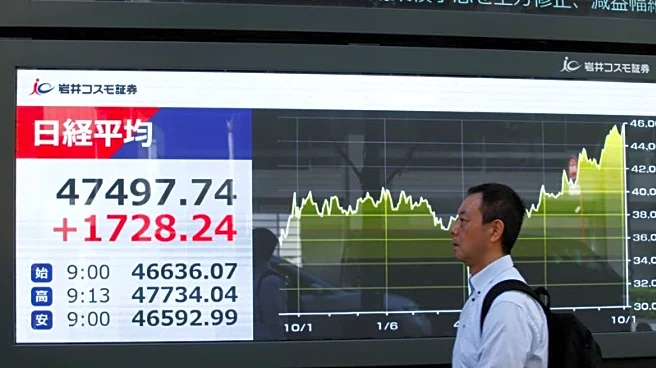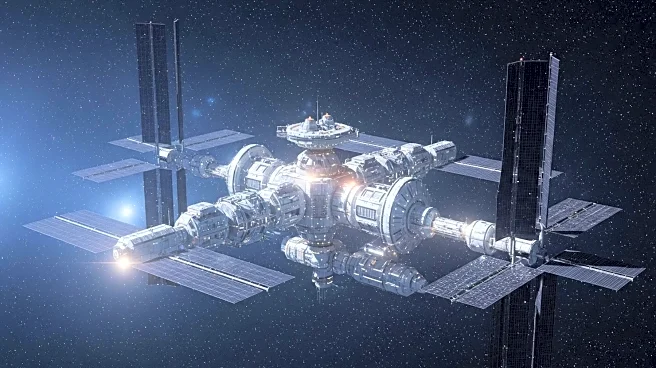What's Happening?
China has released footage showcasing its latest stealth fighter jets, the J-35 and J-35A, as part of its ongoing military expansion. The J-35 is designed for aircraft carrier operations, while the J-35A is a land-based variant. This development is part of China's strategy to challenge U.S. airpower in the Indo-Pacific region. The People's Liberation Army Air Force and Navy Aviation are reported to be the largest aviation forces in the region, with over 3,150 aircraft, including approximately 2,400 combat aircraft. The Pentagon's 2024 report highlights China's growing military capabilities, which include the development of next-generation fighter jets.
Why It's Important?
The unveiling of China's stealth fighter jets signifies a significant advancement in its military capabilities, potentially altering the balance of power in the Indo-Pacific region. This development poses a strategic challenge to the United States, which has deployed its F-35 jets in Japan to counter Chinese military expansion. The competition between the U.S. and China in developing next-generation fighter aircraft underscores the ongoing arms race, with both nations striving to maintain air superiority. The expansion of China's military capabilities could have far-reaching implications for regional security and global military dynamics.
What's Next?
China's continued development of stealth and next-generation fighter jets suggests an ongoing commitment to enhancing its military capabilities. The U.S. and its allies may respond by increasing their military presence and capabilities in the region to counterbalance China's growing influence. Diplomatic and military strategies will likely evolve as both nations seek to assert their dominance in the Indo-Pacific. The international community will be closely monitoring these developments, as they could impact global security and geopolitical stability.












